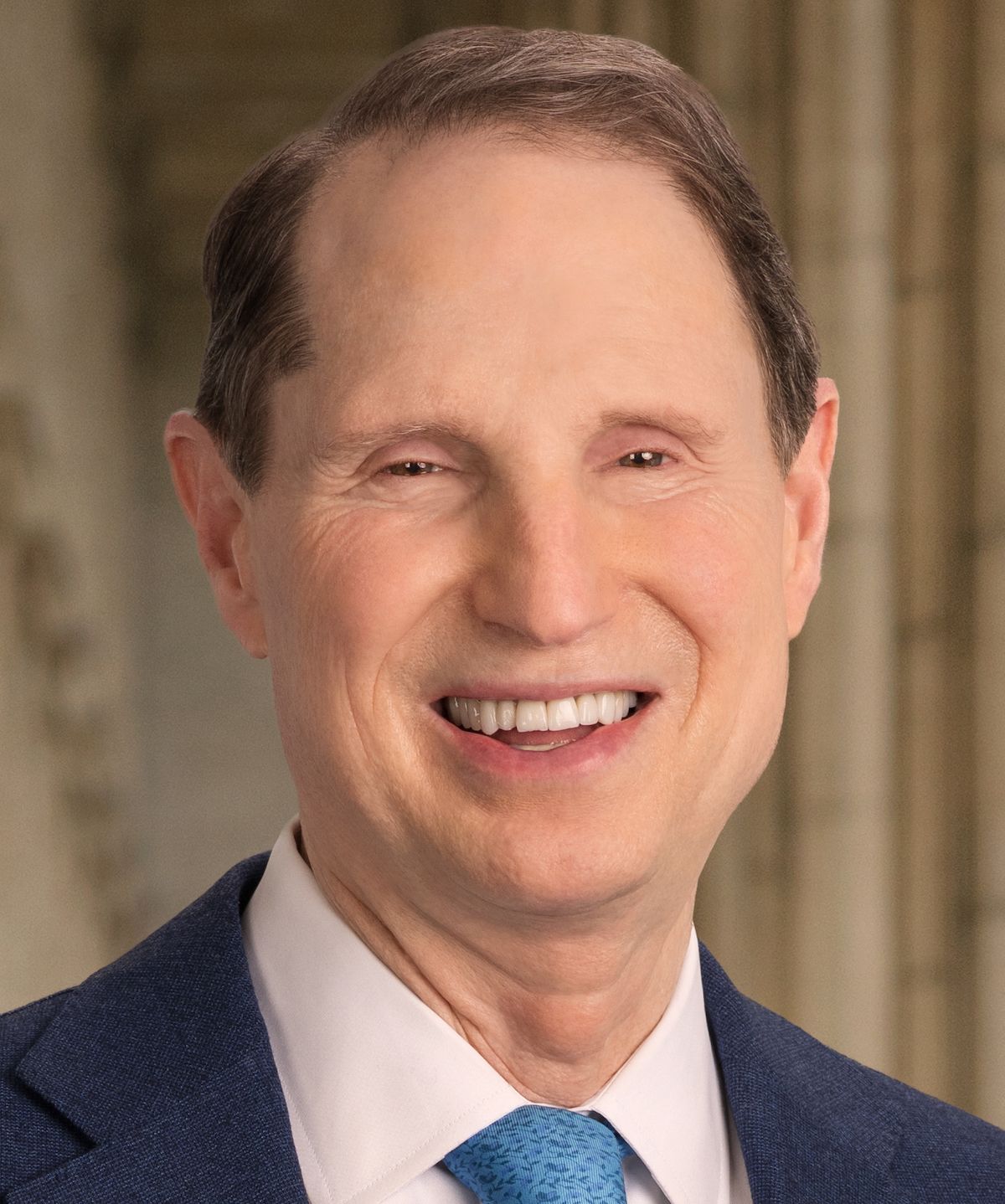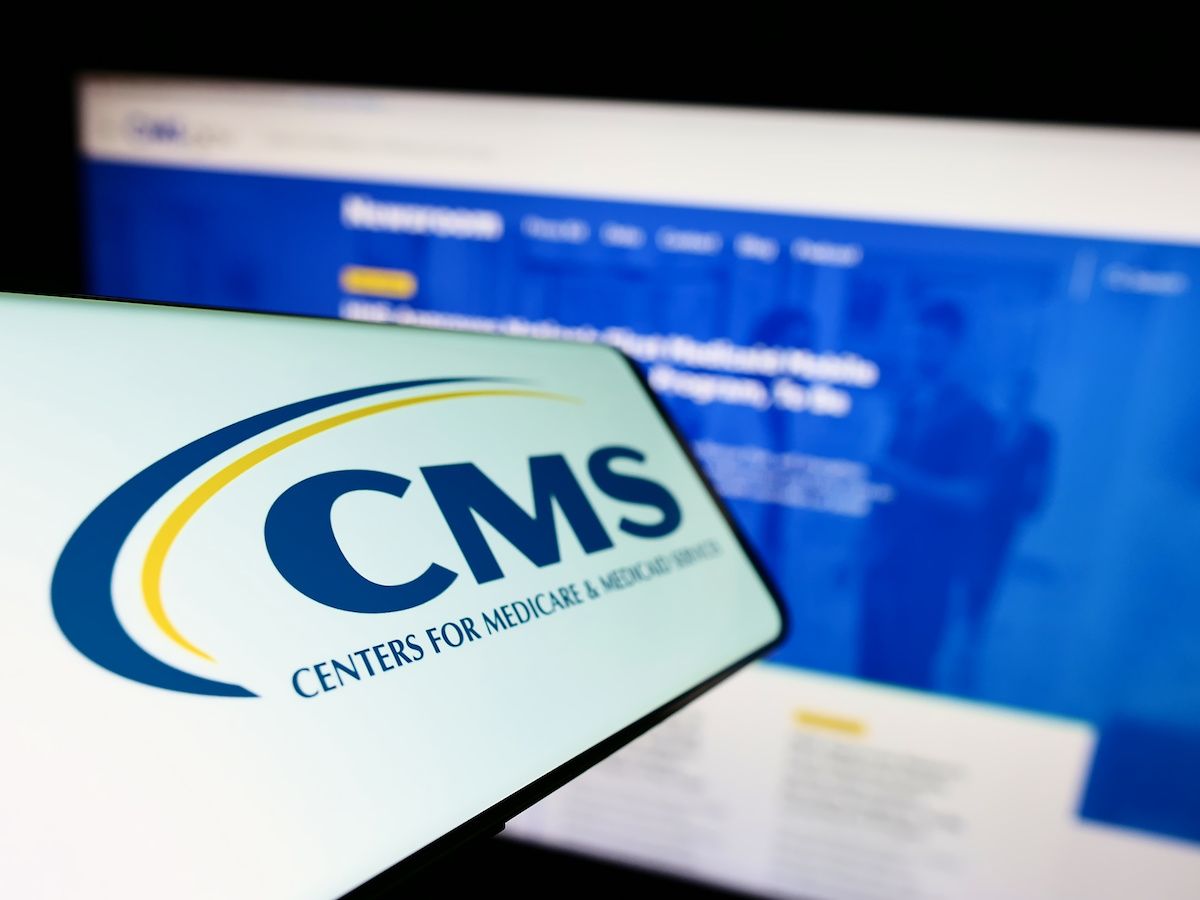Article
ONLINE News Briefs
Mutual Funds, Charity
ONLINE News Briefs
Mutual Funds: You dont always get what you pay for
Many funds with high costs are turning in low performances, according to a recent study by Standard & Poors. The study examined mutual funds with high management fees and operating expenses and found that on average they performed poorly from 1999 through November 2001.
The 24 funds with expense ratios of 2.99 percent of assets or higher earned only one or two (out of five) stars from Standard & Poors. The best fund in the group, Pacific Advisors Small Cap Fund-Class C, returned an average of 3 percent a year to investors; the worst, American Heritage, lost an average of 39 percent a year. By comparison, the average stock mutual fund carries an expense ratio of 1.50 percent and returned an average of 3.63 percent each year for the three years studied, according to Morningstar.
Charity: Love to give, hate to choose?
Nearly nine of 10 households made a charitable contribution in 2000, averaging $1,620 per family, says the Independent Sector, a coalition of philanthropy programs. Some forty-four percent of adults volunteered their time for charity, while 42 percent gave both money and time.
While most people are generous, its easy to get confused when 1.4 million nonprofit organizations are vying for your checkbook, says the American Institute of Philanthropy. To figure out which one deserves your money, get as much information as you can. Request literature, including the charitys annual report, before you contribute. Ask to see a copy of the groups Form 990, the financial document that most charities are required to file with the Internal Revenue Service. Check to see how much of your contribution will actually go to the charitable program and how much will be used for administration or fundraising. For a list of charities that willingly share financial information and spend no more than 25 percent of contributions on administration or fundraising, go to the AIPs Web site, www.charitywatch.org .
Joan Rose. ONLINE News Briefs.
Medical Economics
2002;4.





